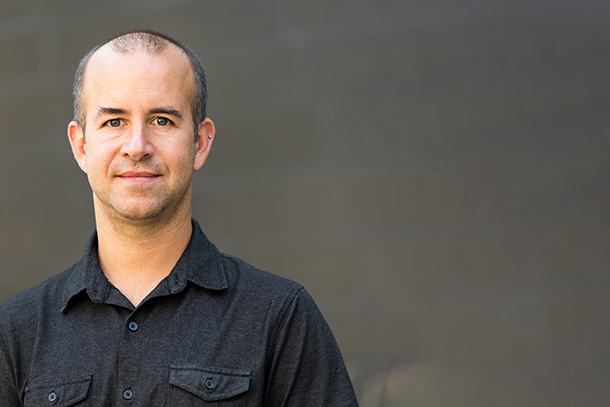How do our skeletons form during embryonic development? To approach this question, PhD student Dion Giovannone, research scientist Sandeep Paul, PhD, and the USC Stem Cell laboratory of Gage Crump, PhD, looked to our not-so-distant relative: the tiny, transparent zebrafish. Crump, a professor of stem cell biology and regenerative medicine at the Keck School of Medicine of USC, explains their latest findings, published in eLife, about how embryonic cartilage transforms into adult bone.
How similar are fish and humans in terms of their skeletal development?
Remarkably, zebrafish share many genes in common with humans and we are finding that, despite their different structures, their skeletons develop in remarkably similar ways.
What has your study revealed about this process?
Our bones are dynamic organs. Most of them start as tiny cartilages when we are fetuses and then grow and are replaced by bone and filled with fat, largely after birth. So we wanted to know the origin of these bone and fat cells. Using multiple independent methods, we discovered that the cartilage cells in zebrafish growth plates actually give rise to these bone and fat cells, as well as to dividing cells in the marrow that may represent stem cells for the adult skeleton.
We also found that a particular protein, called Mmp9, is required for the transition of cartilage to bone and fat. Our findings show conservation of growth plate cartilage remodeling from zebrafish to mammals and provide a new mechanism by which cartilage cells turn into bone and fat cells through conversion to a stem cell intermediate.
Could this information be useful to patients with skeletal disorders?
Defects in the conversion of cartilage to bone and fat during postnatal development likely contribute to a number of skeletal disorders, such as dwarfism. In the future, drugs that correct defects in growth plate cartilage conversion could be used to treat these conditions. In order to achieve these benefits, we need to know more about the genes and signaling pathways that regulate the timing and extent of cartilage conversion into bone and fat.
— Cristy Lytal


